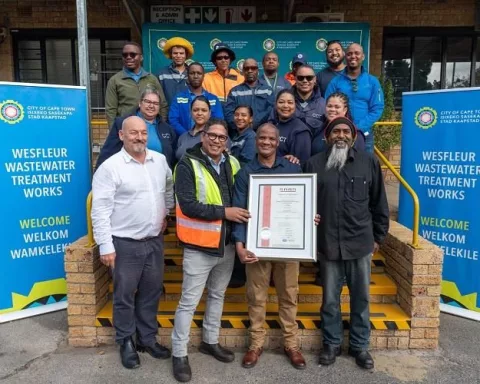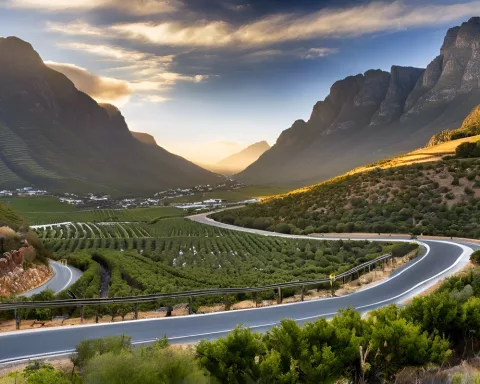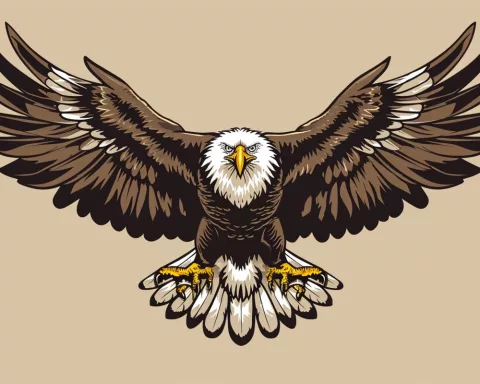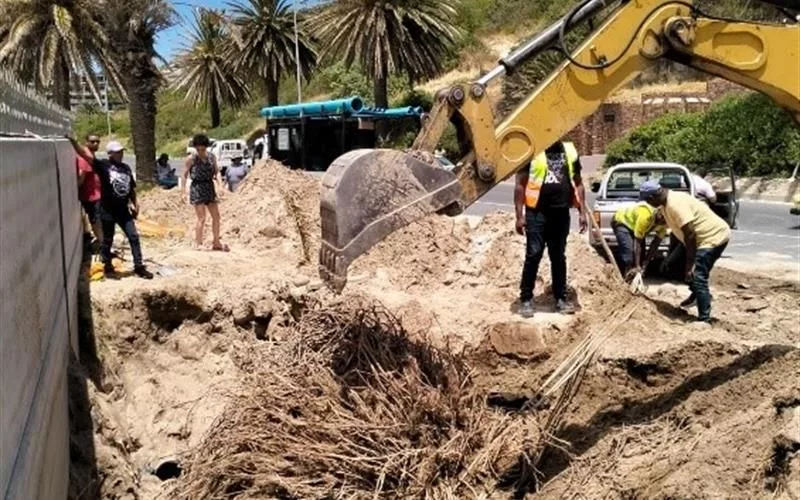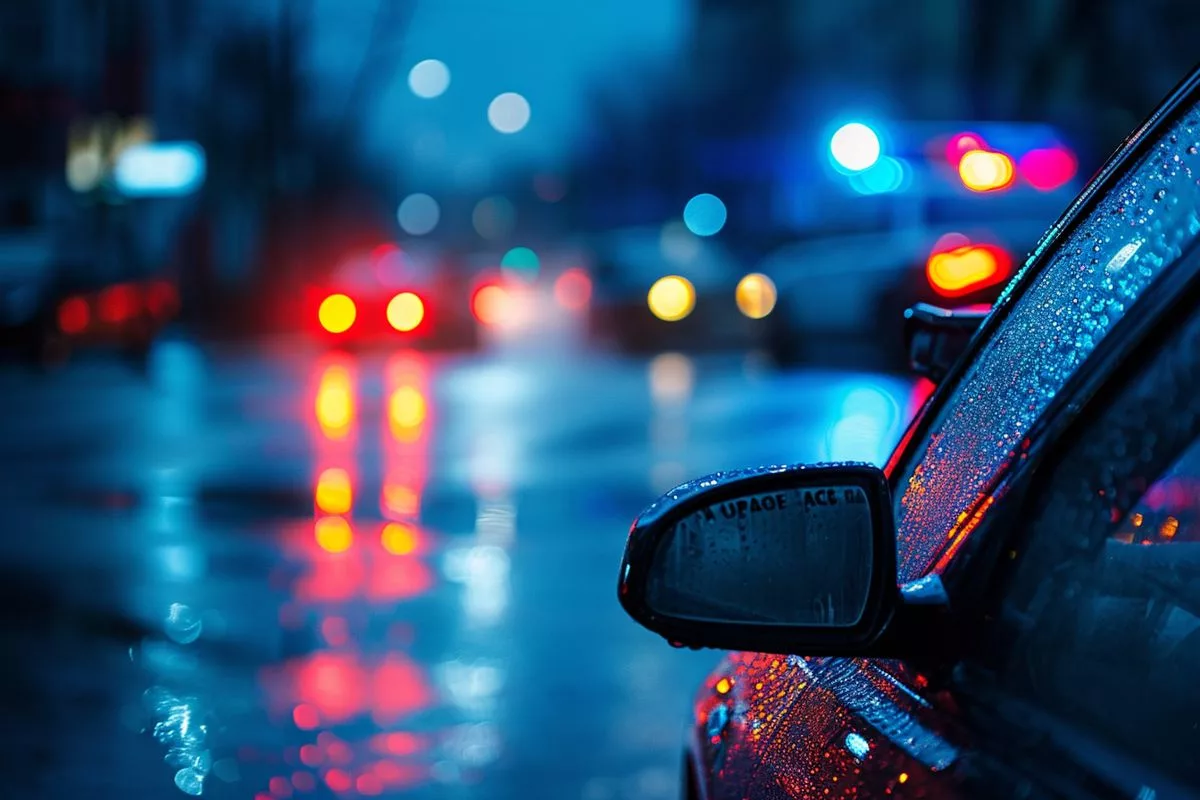Dogs have a long history of serving humans in various roles, including hunting, shepherding, and assisting law enforcement. In recent times, dogs have also become crucial in environmental conservation, serving as guardian and sniffer dogs. Guardian dogs protect vulnerable species from predators, while sniffer dogs have an incredible sense of smell, which helps them detect specific animals, plants, or by-products. Any breed, sex, or age can be trained for this role as long as they exhibit the requisite behavior, highlighting the vast potential of our canine companions in the fight to preserve biodiversity.
Canine Conservationists: The Role of Dogs in Environmental Protection
Dogs have played a significant role in human history, from hunting and shepherding to assisting law enforcement and search and rescue operations. In recent times, dogs have become invaluable in environmental conservation. Guardian dogs protect vulnerable species from predators, while sniffer dogs use their sense of smell to detect specific animals, plants, or by-products. Any breed, sex, or age can be trained for this role as long as they exhibit the requisite behavior. The inclusivity and diversity inherent in this role underscore the vast potential of our canine companions in the fight to preserve biodiversity.
The History and Evolution of Human-Dog Relations
For numerous centuries, the bond between humans and dogs has transcended beyond simple companionship. Dogs have loyally played a variety of roles from hunting partners, shepherding livestock, assisting law enforcement to serving in search and rescue operations. In recent times, a new evolution in this relationship has emerged, with dogs playing an invaluable role in environmental conservation. Australia is a standout example, with dogs playing crucial roles in the safeguarding and upkeep of the environment.
Initially, dogs were primarily used as guardians or detectors in the field of conservation. Guardian dogs, popularly known for protecting vulnerable species from predators, gained fame following the 2015 movie, “Oddball”. The film shares the real-life story of the Maremma dogs, a breed traditionally linked with sheep guarding in Europe. These dogs were specifically trained to conserve the dwindling population of little penguins from foxes on the Middle Island, near Warrnambool in southwest Victoria. Thanks to these canine heroes, the penguins, whose numbers had dropped to less than ten, have seen a significant resurgence.
The Role of Sniffer Dogs in Conservation
While guardian dogs have certainly captured public attention, the majority of conservation dogs are employed as sniffer dogs. Their innate ability to detect a diverse range of scents makes them perfect for identifying specific animals, plants, or even their by-products such as droppings or feathers. Working closely with their human partners, often known as handlers or bounders, these dogs are trained to locate target scents under various circumstances, including extreme environments, at sea, and even underground.
The extraordinary power of a dog’s nose is indeed unmatched. It is estimated that a dog’s sense of smell is between 100,000 to 100 million times more sensitive than that of a human. To give a better picture, dogs can detect an equivalent of a teaspoon of sugar in five million litres of water. As a significant part of their brain is devoted to interpreting scent, they can discern minute scent concentrations and differentiate between similar smells. They can even detect scent variations in each nostril, therefore achieving a directional sense of smell, which helps them trace the origin of the scent.
Playfulness and Rehabilitation: Integral Aspects of Conservation Dogs Training
Despite their incredible scent-detection abilities, it is the dogs’ enthusiasm for play that makes them ideal for conservation work. Many of these dogs are rescued from abandonment as their unquenchable thirst for play made them unsuitable for conventional households. In the context of conservation, this ‘obsessive’ behaviour becomes an asset. These dogs are rewarded with toys for their work, linking the target scent with playtime, applying the principles of classic Pavlovian conditioning.
However, the selection of suitable candidates for this role isn’t solely based on their playfulness. These dogs need to feel comfortable and secure in the natural environment, which can be particularly challenging if the dog has endured a troubled past before rescue. Rehabilitation often becomes the most time-intensive and challenging aspect of the training. Nevertheless, the fact that these dogs can overcome their past and contribute significantly to conservation efforts speaks volumes about their resilience.
The Open Door Policy of Sniffer Dogs Training
While certain breeds like the bloodhound are renowned for their superior olfactory abilities, there is no discrimination when it comes to becoming a sniffer dog. Any breed, sex, or age can be trained for this role, as long as they exhibit the requisite obsessive behaviour. Medium-sized, sturdy, agile, and high-energy breeds often prove to be more suited to the task. However, the inclusivity and diversity inherent in this role underscore the vast potential of our canine companions in the fight to preserve biodiversity.
In conclusion, the relationship between humans and dogs has evolved to a point where these animals play a significant role in the conservation of our planet. As we continue to harness the potential of these remarkable creatures, we not only strengthen our bond with them but also highlight their invaluable contribution to our planet’s preservation. From inspiring Hollywood stories to the frontlines of conservation, dogs continue to demonstrate their worth as not merely man’s best friend but as guardians of our natural world.
What is the role of dogs in environmental conservation?
Dogs have become essential in environmental conservation, serving as guardian and sniffer dogs. Guardian dogs protect vulnerable species from predators, while sniffer dogs have an incredible sense of smell, which helps them detect specific animals, plants, or by-products.
What is the history of human-dog relations in conservation?
Dogs have loyally played various roles in human history, from hunting partners, shepherding livestock, assisting law enforcement to serving in search and rescue operations. Recently, dogs have become invaluable in environmental conservation, with Australia being a standout example.
What is the role of sniffer dogs in conservation?
Sniffer dogs are employed as conservation dogs, given their innate ability to detect diverse scents, making them perfect for identifying specific animals, plants, or even their by-products such as droppings or feathers. Working closely with their human partners, these dogs are trained to locate target scents under various circumstances, including extreme environments, at sea, and even underground.
How are playfulness and rehabilitation integral aspects of conservation dogs training?
The dogs’ enthusiasm for play makes them ideal for conservation work. These dogs are rewarded with toys for their work, linking the target scent with playtime, applying the principles of classic Pavlovian conditioning. However, the selection of suitable candidates for this role isn’t solely based on their playfulness, and rehabilitation often becomes the most time-intensive and challenging aspect of the training.
Is there discrimination in sniffer dogs training?
There is no discrimination when it comes to becoming a sniffer dog. Any breed, sex, or age can be trained for this role, as long as they exhibit the requisite obsessive behaviour. Medium-sized, sturdy, agile, and high-energy breeds often prove to be more suited to the task.
What is the contribution of dogs to our planet’s preservation?
The relationship between humans and dogs has evolved to a point where these animals play a significant role in the conservation of our planet. Dogs not only strengthen our bond with them but also highlight their invaluable contribution to our planet’s preservation. From inspiring Hollywood stories to the frontlines of conservation, dogs continue to demonstrate their worth as guardians of our natural world.



